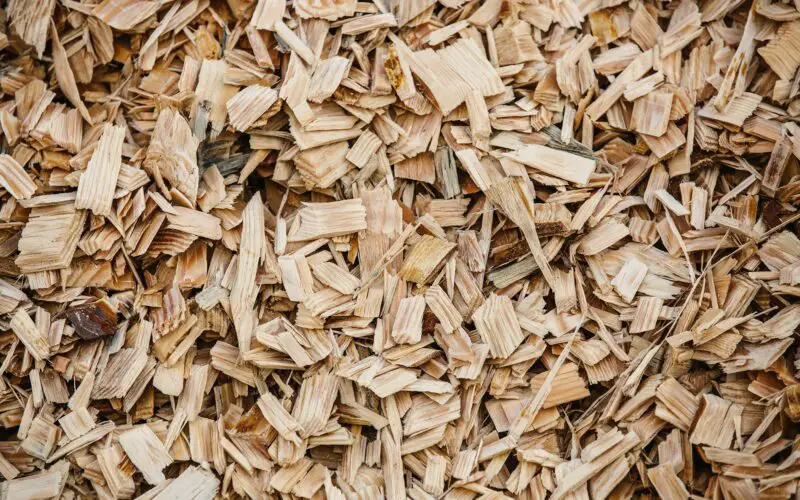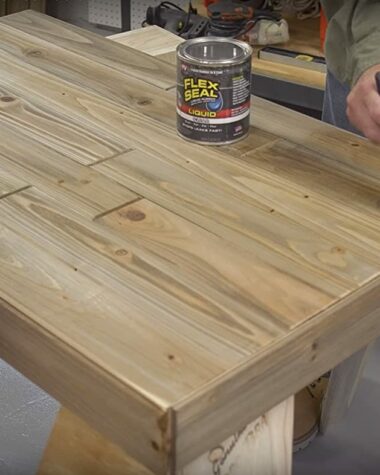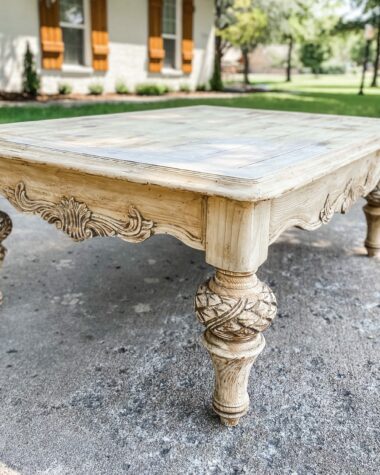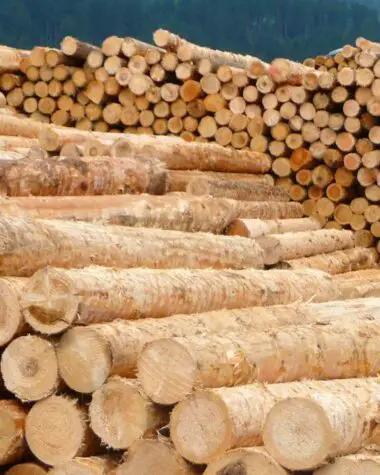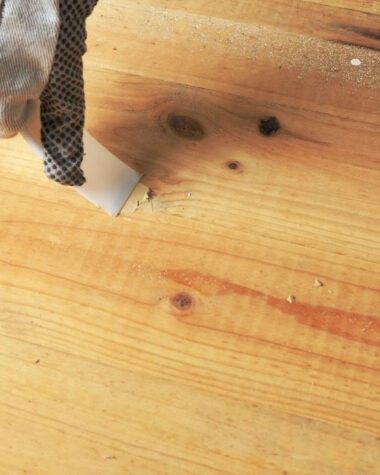Wood chips come in varying small sizes of wood that have been broken into pieces after running through a shredder or wood chipper. Some people may find it useless because wood chips are generally residues from wood processing. However, we will show you how these wood chips come to life. Wood chips have many uses, and this guide will help you out.
Uses of Wood Chips
Don’t just throw that pile of wood chips or burn them down. Nature will not benefit from burning them! You can use these chips for the following outdoor projects.
Biofuel
Wood chips can be converted into fuel through enzyme processing. This fuel substitute is better for the environment than regular gasoline. Compared to conventional fuels, biofuel burns brighter, stronger, and more effectively. In the long run, this can help safeguard your engine because biofuel burns more effectively.
Making biofuel from wood chips is a difficult operation that requires patience, experience, and the correct tools. But there’s no denying that this will help you use less fuel and save a ton of money. This project can be worthwhile if you have a lot of wood chips on hand.
Compost
Use your chipper to shred and mix wood and other compostable materials. Breaking down and mixing these materials can make decomposition quicker, so you can use your compost in your garden as quickly as 14 days. With this method, you don‘t need to purchase fertilizer; you can also recycle wood chips.
Engineered Woods
Engineered or manufactured wood is produced by pressing wood chips and other wood particles. Pallets wood is a type of pressed wood. To produce your wood pallets, you can learn how to make this form of wood.
Additionally, modest furniture and decorative wooden items can be made from pressed wood. Pressed wood may be used to create various industrial products. If you don’t want to make pressed wood, you can sell your wood chips to enterprises that need them.
Smoking and Grilling Food
You can either grill or smoke food with wood chips, depending on the type of wood they are. Thus, it is encouraged not to use pine, spruce, or other evergreen trees because these can give you an unpleasant smoke.
Meanwhile, smoking meat requires a lower temperature of 200 to 225 degrees Fahrenheit for a longer time. This slow-cooking technique gives the food time to absorb all the delicious smoky flavors.
Using a gas grill, it could be impossible to get the heat down to the ideal temperature range. This is why you must smoke on the lowest heat level the grill can maintain and reduce the cooking time.
For the best smoke, soak wood chips for at least 30 minutes. Drain the chips completely. Place these on the hot coals. Heat the wood chips for 10 minutes or until these start to emit smoke before placing food on top of the grill.
Mulch
Wood chips mulch is essential to every healthy landscaping plan since it keeps the soil moist and warm. Thus, mulch supports the long-term maintenance of plant beds by weed management. As any gardener will attest, controlling weeds is one of the most crucial and ongoing jobs in pursuing a healthy and productive garden or yard.
Mulch is useful all year long. For instance, you may cover your planting beds with a layer of wood chips to shield the soil and annual plants from freezing temperatures and snowy weather.
However, wood chips do not supply the nutrients plants require. So, be sure to continue fertilizing and monitoring the health of your garden as it develops. It would help if you also turned or removed any existing mulch before laying down a fresh layer of wood chips to ensure that your plants receive the most sunlight.
Benefits of Using Wood Chips
As said, wood chips are merely big tree branches and trunks left behind after pruning trees. It is a better mulch that benefits your trees and shrubs, as listed below.
Prevents Weeds
The layer of wood chips disables sunlight from reaching weeds below. As a result, the weeds are inhibited from growing and expanding.
Regulates Moisture
As a protective covering of wood chips prevents weeds from growing, it also conserves water by reducing evaporation at the roots. Water is conserved because wood chips minimize the frequency with which plants must be watered and the likelihood that trees will experience drought stress.
Regulates Temperature
Notice the domino effect of wood chips in a plant as it shields the surface. Wood chips will maintain the temperature near the roots because there is no direct sunlight. Thus, they keep the ground cooler in the summer and warmer in the winter.
Acts as Fertilizer
There is no longer a need for chemical nutrients because wood chips decay and nourish the soil. Your plants may benefit immediately from these chemical additions but over time. These fertilizers may prove to be harmful.
Not Hydrophobic
Triple-shredded mulch is so thin that it has the potential to collect into a dense mat, which would keep water from getting to the roots of the tree. Because wood chips are larger and asymmetrical, water can easily pass through the porous ground cover.
Can You Use Fresh Wood Chips
You can use fresh wood chips as mulch in your garden, but only add a thin layer around trees and plants. Fresh wood chips can all impact the temperature, soil pH, and soil nitrogen levels.
The active decomposition of wood chips causes heat to produce. Burning plant foliage can result from using a lot of fresh chips. Additionally, overuse can change the pH of the soil. Fresh wood can leach a pH of as little as 4, which is too acidic for plants and causes undesirable soil and plant conditions.
Since this pH change often only impacts the top few inches of soil, it will only impact shallow-rooted plants like vegetables, herbaceous perennials, and annuals while not affecting trees or deeply rooted plants.
How To Use Fresh Wood Chip
To a depth of up to four inches, scatter the fresh wood chips around shrubs and trees. Mulch-free areas must be left between 6 and 12 inches around the base of the plant or tree. Additionally, there are a few locations where using fresh wood chips is secure.
The compost pile should contain fresh wood chips. Due to their high carbon content, you must combine them with half as much dung or grass clippings. To balance the pH, combine one cup of lime with every four wheelbarrows of wood chips.
Around plants like rhododendrons, azaleas, and boxwoods, place this a few inches away. To preserve the bark from the heat of decomposition, you must keep the chips at least three to four inches away from the plant trunks.
